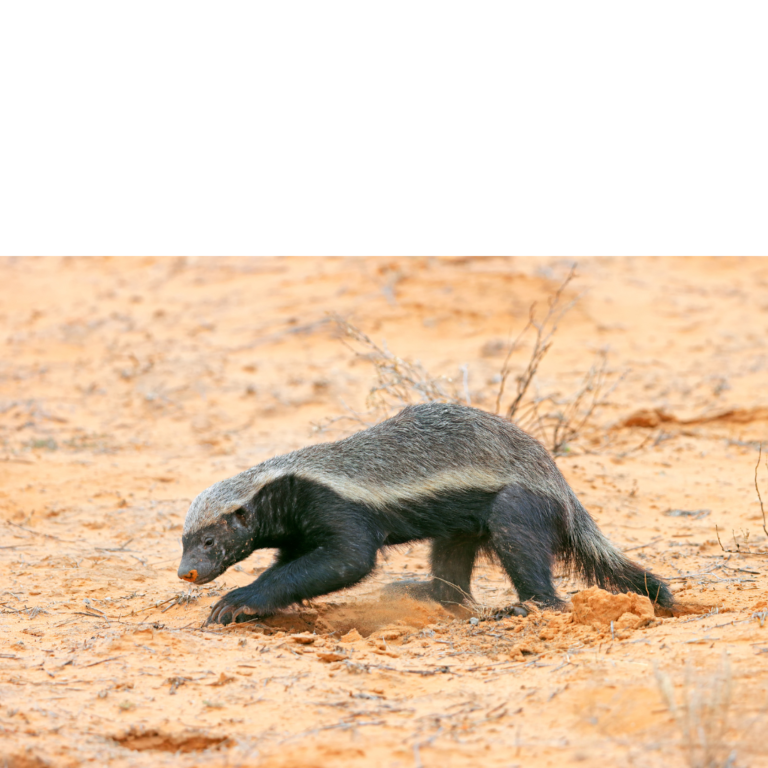Quickly recaptiualize real-time interfaces and timely models. Proactively exploit viral meta-services for interdependent customer service. Dynamically actualize bleeding-edge internally
Quickly recaptiualize real-time interfaces and timely models. Proactively exploit viral meta-services for interdependent customer service. Dynamically actualize bleeding-edge internally
Species Overview
Kingdom: Animalia
Phylum: Chordata
Class: Mammalia
Order: Carnivora
Family: Mustelidae
Genus: Mellivora
Species: Mellivora capensis
Life Span: 7–10 years (in the wild)
Weight: 9–14 kg (20–31 lbs)
Height: 23–30 cm (9–12 inches) at the shoulder
Length: 55–77 cm (21–30 inches) body length (without tail)
Animal Behavior and Habits
Activity: Mostly nocturnal and crepuscular – most active during the night and early morning hours, though they can be seen during the day in some areas.
Feeding Habits: Omnivorous – known for their diverse diet, including small mammals, birds, insects, reptiles, fruits, and honey (which they are famously adept at raiding). They are opportunistic feeders and will consume almost anything available.
Social Structure: Solitary – Honeybadgers are solitary animals, with each individual maintaining a territory. They are very aggressive and rarely interact with others outside of mating season.
Hunting Approach: Aggressive and fearless, they use their sharp claws and strong jaws to dig out prey from burrows or chase it down. They are also known for their tenacity, being able to fight and take on larger predators when threatened.
Habitat and Environment
Preferred Habitat: Found in a wide variety of habitats, including savannas, forests, grasslands, and deserts. They thrive in both arid and wet environments.
Water Sources: They don’t require a constant water source, as they can obtain moisture from their food. However, they will drink from waterholes when available.
Best Hunting Locations: Look for Honeybadgers in areas with abundant small prey, such as burrowing rodents, insects, and reptiles. They are also often found near termite mounds and bee hives.
Tracks and Trails: Small, round paw prints with visible claws. They often leave tracks in sandy or soft soil near their dens or along hunting trails.
Signs: Look for dug-up areas, holes in the ground, and disturbed vegetation from their digging. Honey badgers may also leave scent marks along their territorial boundaries.
Hunting Time
Ideal Hunting Times: Primarily nocturnal – hunting is most productive at night, though they may also hunt during early morning or late afternoon.
Breeding Season: Mating occurs year-round, with females giving birth to 1–3 offspring after a gestation period of about 6–7 months. Cubs stay with their mother for up to a year.
Trophy Quality: Honey badgers are not typically hunted for trophies, but they are valued for their incredible resilience and ferocity. Their dense fur, which is resistant to bites and stings, is highly prized.
Use of Scent Lures: Scent lures are not commonly used in hunting Honeybadgers, as they are not typically hunted in the traditional sense. However, baiting with honey or small mammals may attract them.



